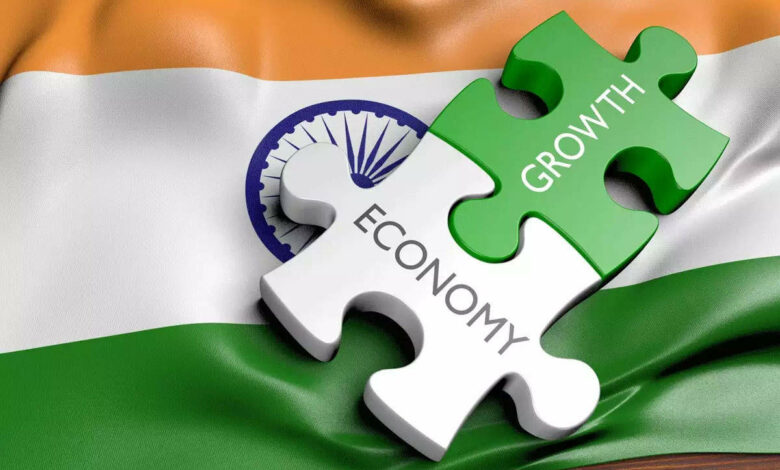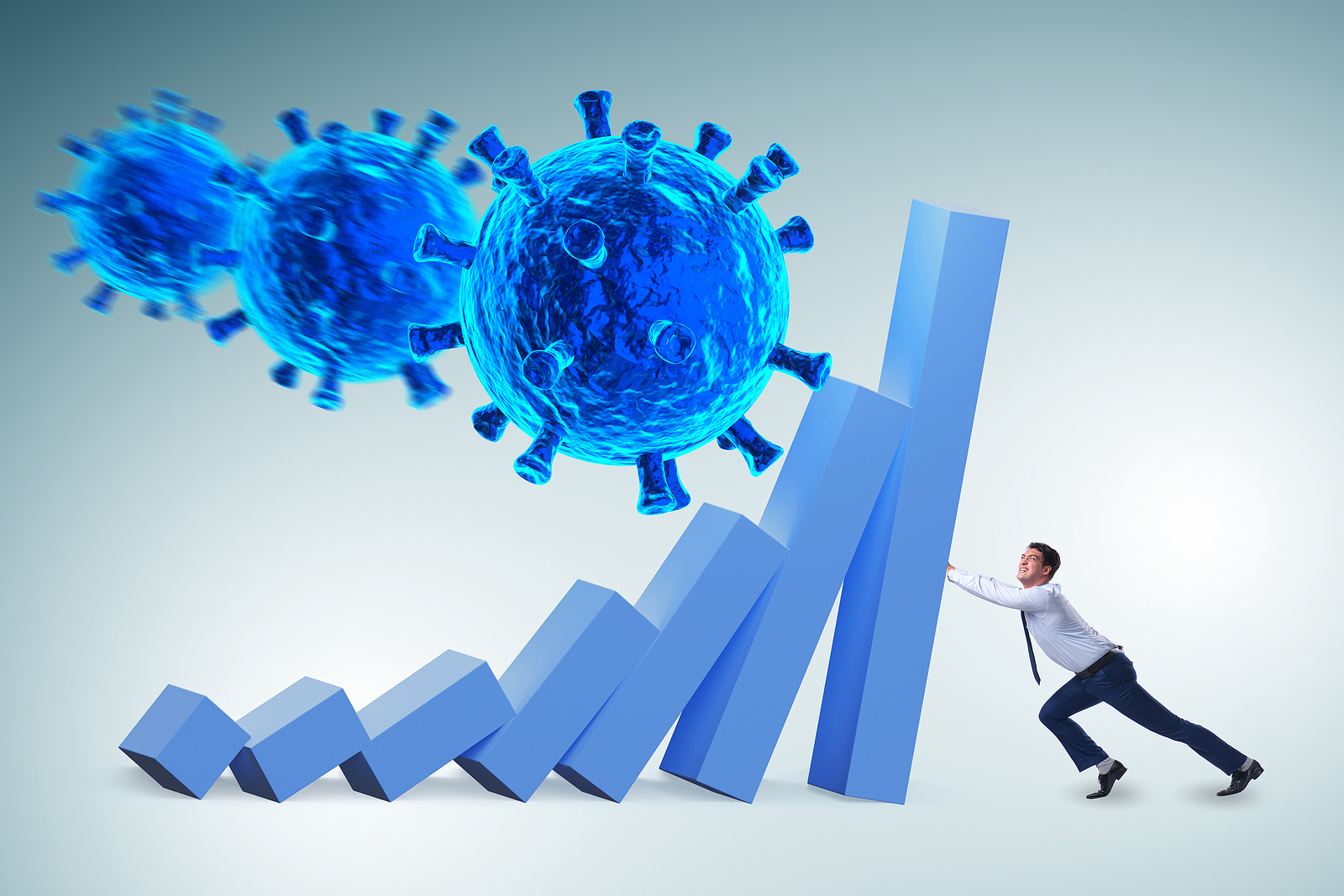Is it the sound of economic recovery or does the nature of the trajectory iterate a different story?

The economic recovery after a slump
I don’t even want to start talking about what we’ve been through in the past few months when the second wave of the virus hit the country, but all that we can say right now is that we’re past it. With fewer loved ones and more pain, we continue on this journey of going ahead, at least as long as it’s getting better.
But right now, things are getting better. The national capital is opening at a slow pace and Mumbai has removed most of its restrictions too. Other states have also started becoming a part of the relaxation process. The terror of lockdown that had groped our lives is slowly losing its grip and this time, maybe, we’re free for good. We can only hope.
As the second wave happened, the economy of the country went into a slump, all over again, with the unemployment rate rising at a record high, discretionary consumption presenting a grim picture, and growth estimates for the current fiscal year going down. Even the people’s perception of the economy was the worst in years, with expectations of high inflation and low household income clouding their viewpoints. However, with the opening of lockdowns and economic movement slowly getting back at its feet, the high-frequency indicators are showing an improvement.

But is it the sound of economic recovery or does the nature of the trajectory iterate a different story? Let’s find out before you get too excited.
The experience we derived after the first wave of the virus tells us that there are several other parameters that we need to look into before claiming the forthcoming economic recovery. Here are some of these parameters-
Economic Activity
Recently, the Nomura business resumption index presented that the worst of the economy is behind us and that growth is coming at a steadier pace. If you’re wondering what this index is, it is basically a measure of the pace at which economic activity normalizes, by tracking the progress weekly. The statement was released after the index jumped around 10 points over the last two weeks, ending June 6, the first weeks after lockdowns started opening.
Also note that the week before this one, the index had hit its lowest at 60.3, which means that the jump may not be as significant as we think it is. The economy would be at a path of economic recovery if the index grows at a greater rate every week following this one, essentially because it a measure of activity normalization, which is imperative to get back on the original recovery track. A value of 100 would indicate the pre-pandemic value as compared to the same period last year, as per data released by the index.

Now this economic activity is mainly contingent on two things- the speed at which lockdowns are relaxed and more importantly, the vaccination drive. It is because as lockdowns relax over the country because of the fall inactive cases, the mobility and extent of economic activity would remain actively dependent on the pace of this relaxation, which, in turn, is contingent on the pace of the vaccination drive to be able to sustain these relaxations.
The Job market-
Can you imagine the country losing 15.3 million jobs in May itself? Well, that’s what the unemployment situation is in the country right now. The Centre for Monitoring Indian Economy (CMIE) has released some worrisome double-digit numbers for the country’s unemployment rate and the worst part is that the numbers keep increasing every month, despite relaxation of economic activity.
To put a number to this emotion, there has been a 6.3 percent fall in the employed workforce over the four months of 2021, bringing the total unemployment rate to around 13.6 percent. Not only that, but the prospects of the job market in the future are also really bleak, as expressed by the consumer confidence survey of the central bank. It doesn’t need to be explicitly iterated how the unemployment rate affects economic growth, right?

The corporate sector-
The high-frequency indicators we talked about during the second wave that resulted in the growth estimates going down included investment demand at its core. Since the last financial year, companies have been fairly biased towards deleveraging as opposed to investment, despite the accommodating monetary policies in place. This roots from the record of companies showing a steady increase in profits even though the revenue growth is disappointingly bleak. This is reflected in the low credit growth during the last year, which has resulted in this term too.
If this continues, a major chunk of the aggregate demand, and eventually, the growth of the county would be hampered. This not only directly impacts the growth prospects but also is an indicator of low mass income and thus, low consumption. And to be completely honest, the investment demand prospects of companies are at the low end right now. To deal with this, the economy needs a fiscal boost to pump up aggregate consumption and as a result, draw investment demand and economic growth too. This stimulus in question was missing in action after the first wave and we can merely hope the situation changes this time around.
Consumption-
With huge losses in lives and jobs, common people have suffered the wrath all over again during the second wave. People have again turned their backs towards discretionary consumption primarily due to lack of resources and lack of aid from the government. Not only that, as revealed by the Reserve Bank of India’s consumer confidence survey, people do not expect a massive increase in their household income shortly as well, an indicator of continuation of precautionary motives to save.
This means that even as lockdown opens and economic movement starts picking pace, consumption would grow at a level lower than ideal because people do not currently wish to engage in non-essential consumption at full pace. Clearly, as long as aggregate consumption remains at a low, investment demand, production, and eventually, economic recovery would be at its lower tract. The government needs to play an active role here to revive consumption through fiscal stimulus and benefit transfers, while simultaneously vouching for job creation and growth.
Even though the estimates of recovery are coming in and people are getting hopeful again, several things need to be taken care of to embark on the ideal journey of economic recovery.




